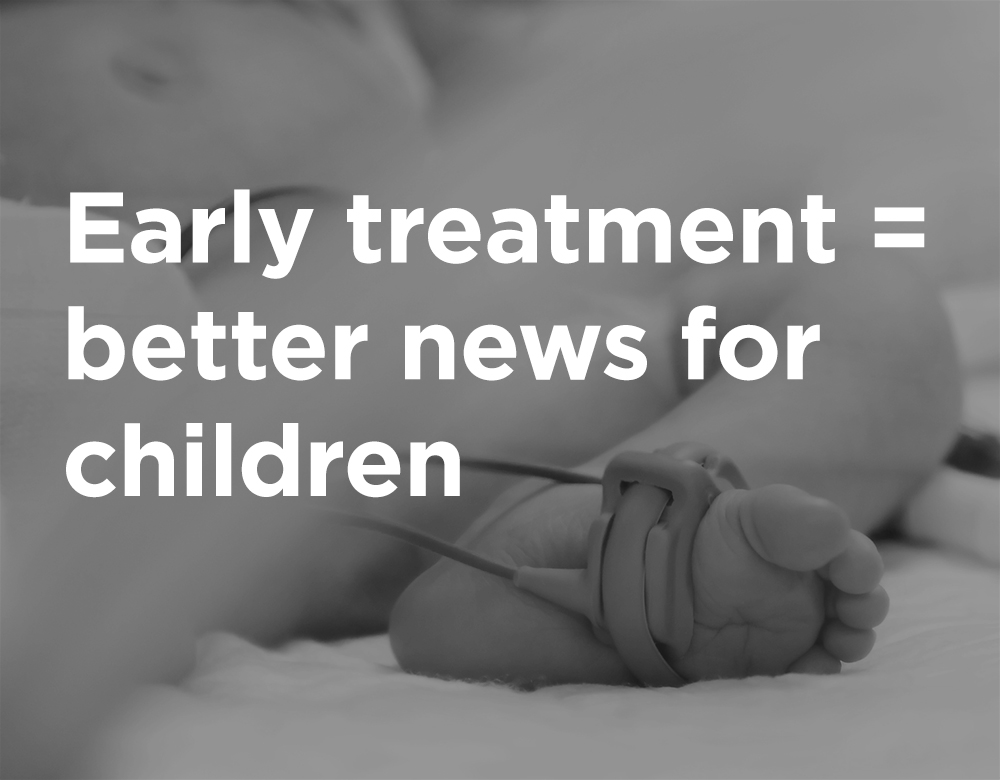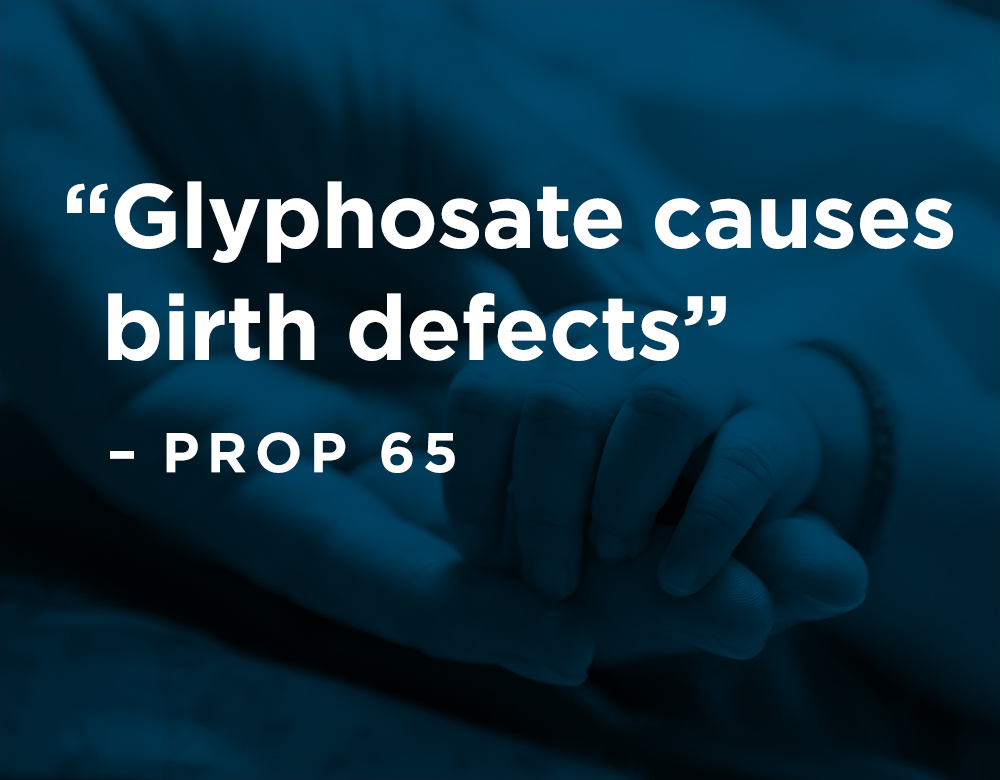Relieving News for Parents of Children with Heart Defects – Denmark Study Indicates that Treating Children Earlier Increases Survival Rates
A study of data collected in Denmark has provided good news for parents of children with congenital heart defects (CHD). According to the study, children with CHD are being treated for this birth defect earlier in their lives, which is likely associated with the increased survival rate of children with CHD. As stated in a 2014 issue of Pediatric Cardiology, CHD is the most common of all birth defects. While the cause of CHD is often unknown, a growing number of studies point to pesticides and solvents as risk factors, according to the medical journal.
What Were the Results of the Study?
The study collected 39 years’ worth of data from the lives of 9,372 children born in Denmark with CHD. The data was split into three time periods – 1977 to 1989, 1990 to 2002, and 2003 to 2015. The following table provides some of the most important findings from the study.
| Data from Denmark Study of Children with Congenital Heart Defects (CHD) | |||
| 1977-1989 | 1990-2002 | 2003-2015 | |
| Median Age for First Procedure | 3.4 years | 0.8 years | 0.6 years |
| Percent to Survive for Over 30 Days | 97% | 98% | 100% |
| Percent to Survive for Over 10 Years | 80% | 87% | 93% |
The first row of data indicates that children with CHD are now having their first interventional procedure earlier and earlier in their lives. An interventional procedure is a medical procedure used to diagnose and treat the birth defect. This appears to have a positive connection with the survival rates of these children. As the second and third rows of data show, children with CHD have had an increasingly higher percentage chance of surviving past the 30-day and 10-year mark with each consecutive time period.
The Denmark study suggests that if children with CHD have their first interventional procedure at a younger age, they may survive longer. The data provides a promising story of how medical advancement is prolonging the lives of children with CHD, and offering relief to the suffering of parents and their children.
What Causes Congenital Heart Defects (CHD)?
CHD can be caused by exposure to toxic chemicals during pregnancy. Two major sources of toxic exposure to chemicals results from pesticides and those chemicals used in the production of semiconductors.
Pesticide exposure during pregnancy, which can occur when fields are sprayed with pesticides while harvesters are working, has been linked to birth defects such as CHD. When corporations fail to warn or protect pregnant farm workers from the dangers of pesticide exposure, birth defects can result.
Additionally, exposure to chemicals used in the production of semiconductors has been found to be a cause of birth defects such as CHD. Examples of such chemicals used in the production of semiconductors are solvents, cleaning fluids, and etching materials. As with pesticides, if corporations fail to warn or properly protect pregnant workers from exposure to these chemicals, birth defects can occur.
In both of these instances of toxic exposure, corporations are to blame for the birth defects that result from their negligent business practices.



